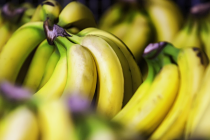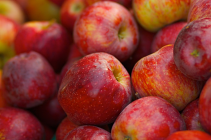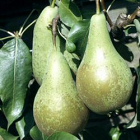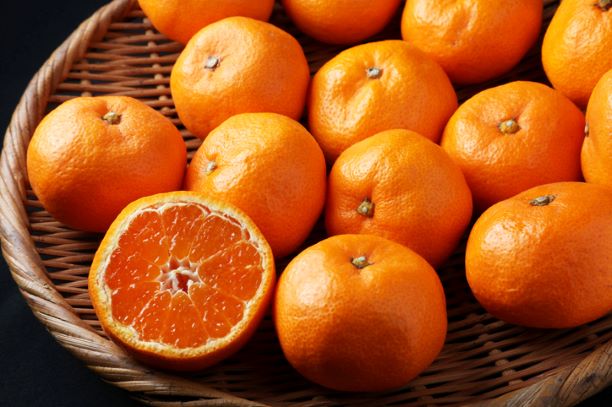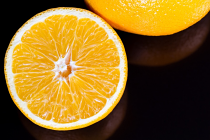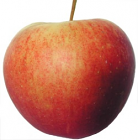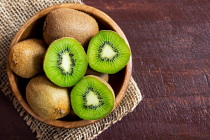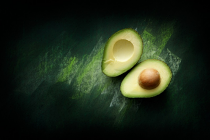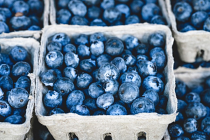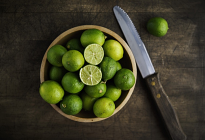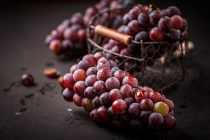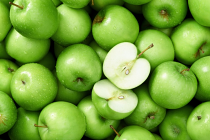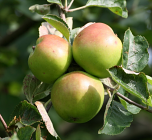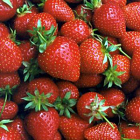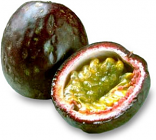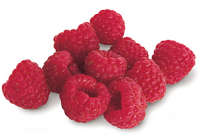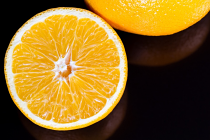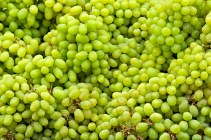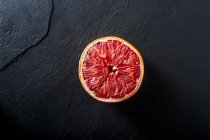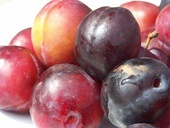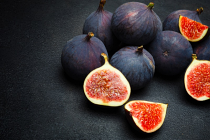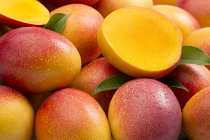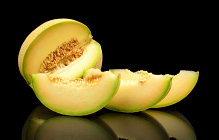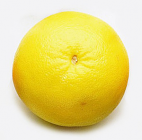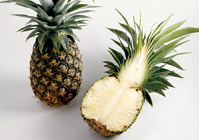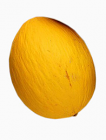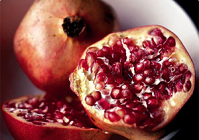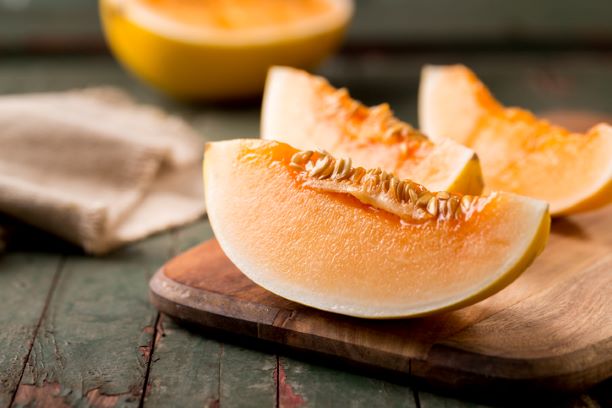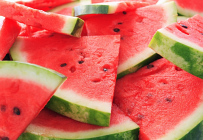|
Home
::
|
Welcome to your

Our Boxes
| Vegetables
| Fruit
| Salad
| Drinks
| Meats
| Fish
| Dairy
| Cheese
Bakery | Herbs | Other Bits | Snacks | Seasonings | Oils
Bakery | Herbs | Other Bits | Snacks | Seasonings | Oils
Fruit
Products
Apples Braeburn - each
Braeburn apples Braeburns are very crispy with a fabulous 'sweet & sour' taste.
£0.35
Packham Pears - each
In the UK, pears are an autumnal treat and are in season between the months of September and February.
£0.50
Oranges - Satsumas - 500g
The fruit of the satsuma is sweet and usually seedless, about the size of other mandarin oranges, smaller than an orange.
£1.50
Lemons
Lemons are one of the most versatile fruits around and contain a high level of Vitamin C.
£0.35
Oranges - Juicing each
The sunniest of fruits is at its best during the bleakest of months - during the winter.
£0.30
Blueberries - punnet
Known as a superfood these small berries are great to add to your breakfast!
£2.45
Limes
Limes are highly aromatic and have a taste that's both stronger and slightly sweeter than lemons.
£0.40
Grapes - Flame (per 0.5 Kg)
Grapes grow in clusters of 6 to 300, and can be crimson, black, dark blue, yellow, green and pink.
£2.75
Strawberries
The fruit is widely appreciated for its characteristic aroma, bright red colour, juicy texture, and sweetness.
£3.25
Passion Fruit
The passion fruit is round to oval, dark purple at maturity, with a soft to firm, juicy interior filled with numerous seeds.
£0.40
Grapes - Green (per 0.5 Kg)
Grapes grow in clusters of 6 to 300, and can be crimson, black, dark blue, yellow, green and pink.
£2.75
Grapefruit Ruby
Available all year round, though they tend to be juicier and sweeter during the spring and winter.
£0.80
New Season's Plums (per 0.5 Kg)
British plums are soft-fleshed and loose-stoned. Out-of-season.
£2.25
Melon - Galia
The Galia is a type of melon similar to a cantaloupe, though larger, and with deep green flesh.
£3.00
Grapefruit - Yellow
Available all year round, though they tend to be juicier and sweeter during the spring and winter.
£0.75
Pineapple
With its tuft of spiky, dusty green leaves and cross-hatched, golden orange skin, the pineapple has an unmistakable appearance.
£2.20
Melon - Honeydew
Juicy and sweet and full of vitamins and minerals including vitamin C and potassium.
£3.00
